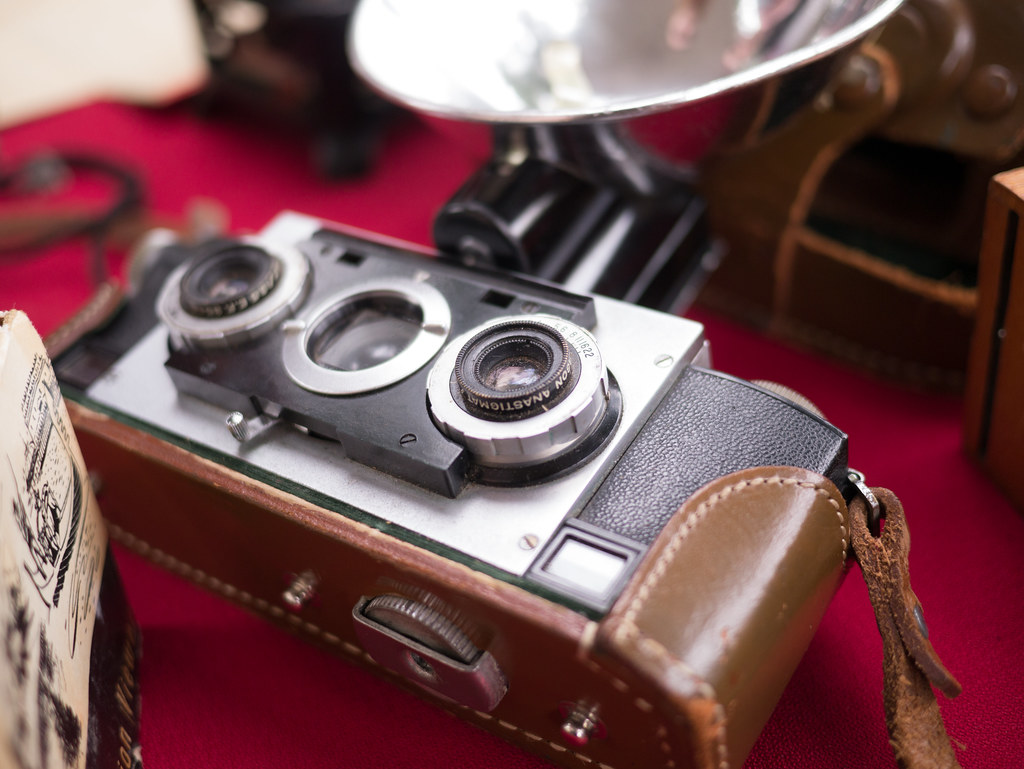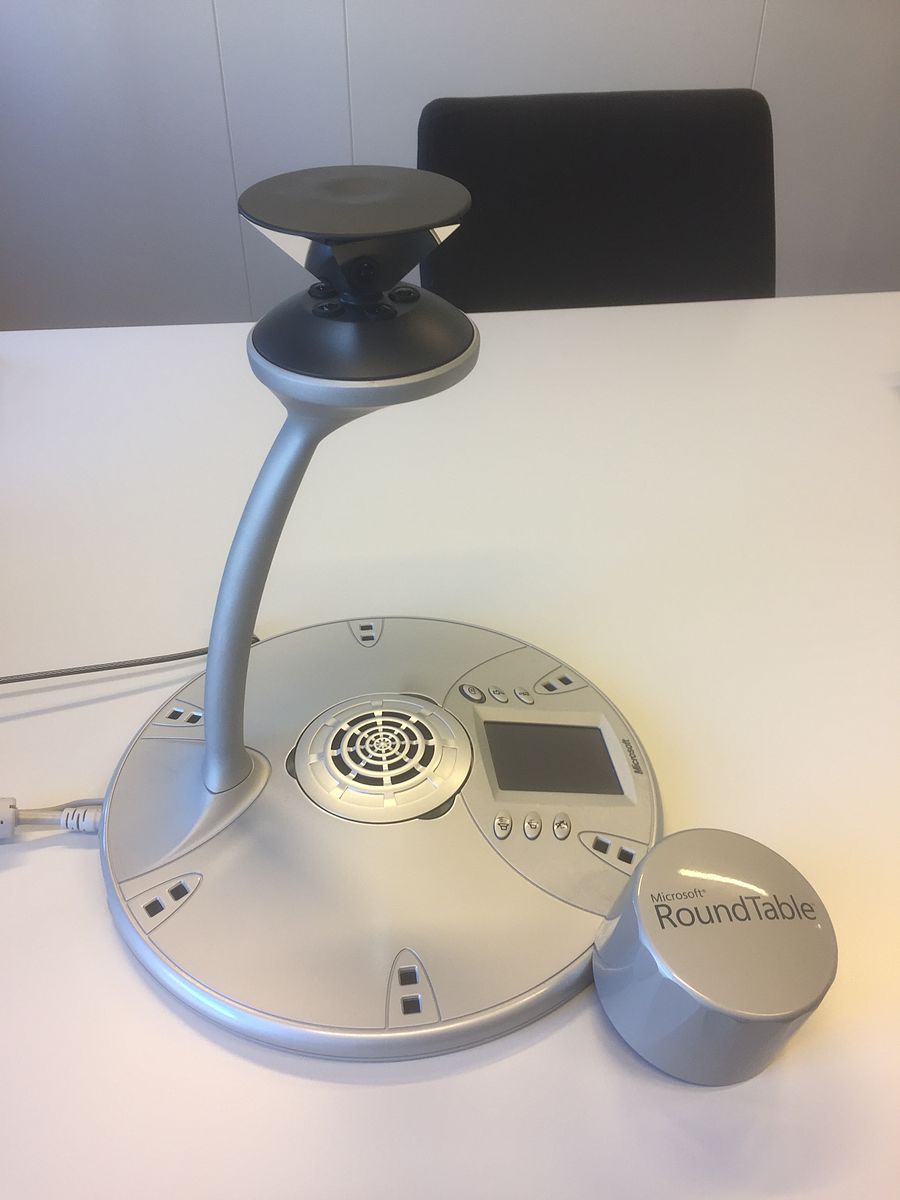Difference Between 3D Camera and 360-Degree Camera
The most powerful advances in technology have profoundly impacted the ways in which we perceive the world. One such innovative journey is the evolution of cameras. The camera has changed the way we see the world around us. No segment of the industry has changed as rapidly or dramatically as the technological advances in camera systems. During the early days of photography, cameras were big, bulky devices that would require significant mechanical action for film exposure and development. Over the years, cameras have become handheld devices, taking up less space.
We now live in the era of digital photography where cameras can capture highest quality images. There’s not much to a digital camera; there’s a lens to point at your subject and a shutter button to take the picture, and that’s it. 3D photography has found significant traction in the last decade, which was largely driven by the development of 3D cameras. With 3D photography, the images are more detailed and the depth information is very similar to what we see with our own eyes in the real world. The use of omnidirectional cameras or 360-degree cameras has found increased acceptance in the recent years.

What is a 3D Camera?
3D cameras capture depths in ways similar to our eyes, allowing us to photograph and show subjects in three dimensions – width, height and depth. Like we use our eyes and brain to perceive distance and depth in the subjects all around use, 3D cameras capture the depth information in images similar to the experience through human binocular vision. So, we get more details about objects from 3D imaging which makes quite a difference in photography and videography. A 3D camera works just like how human eyes work – multiple lenses and multiple image sensors work to capture multiple points of view and combine them to create a life-like 3D model. You need to a 3D glass to view 3D images. These cameras are relatively more expensive than normal digital cameras.

What is a 360-degree Camera?
360-degree cameras (or omnidirectional camera) as the name suggests, is a camera with a 360-degree field of view (FOV) which allows them to include the whole scene in a single view. They are capable of capturing a 360-degree view of the surrounding scene, overcoming the problem of the limited field of view of standard perspective cameras. There are many ways to obtain an omnidirectional image – from multiple images (i.e. image mosaics), from cameras with wide angle lenses, or with the combination of convex mirrors and lenses. Traditionally, standard perspective cameras were used to construct omnidirectional images, either by rotating a single camera or by constructing a multi-camera system. Special lenses, such as fish-eye lenses, probably are the most popular class of system to capture omnidirectional images. Omnidirectional cameras are used in a wide range of applications such as surveillance, visual navigation, tracking, visual odometry, cultural heritage reconstruction, etc.
Difference between 3D Camera and 360-Degree Camera
Imaging
– 3D cameras capture the depth information in images similar to the experience through human binocular vision. 3D cameras replicate human eye vision in ways which allow us to photograph and show subjects in three dimensions – width, height and depth. 3D images are viewed on computers using red/cyan glasses or using a 3D monitor and special polarized glasses. Omnidirectional cameras, as the name suggest, are capable of capturing a 360-degree view of the surrounding scene, overcoming the problem of the limited field of view of standard perspective cameras. They provide a panoramic view of the environment.
Technology
– 3D cameras work on the principle of stereoscopy – multiple lenses and multiple image sensors work to capture multiple points of view and combine them to create a life-like 3D model. Stereoscopic cameras generate 3D images by viewing the same scene with two cameras fixed at slightly different angles, similar to how human vision works. Omnidirectional cameras can create 360-degree images either by using multiple camera systems or by using devices that use special lenses, or using a combination of convex mirrors and lenses.
Applications
– There are many real-world applications of 3D camera technology, which include distance measuring, volume dimensioning, accurate gesture control, topographic imaging, radiology, cultural heritage documentation, creating 3D emoji/animoji, making realistic avatars, and so on. Omnidirectional cameras are used in a wide range of applications such as surveillance, visual navigation, tracking, visual odometry, cultural heritage reconstruction, panoramic art, etc.
3D Camera vs. 360-degree Camera: Comparison Chart

Summary of 3D Camera vs. 360-degree Camera
3D cameras take two images with two cameras fixed at slightly different angles and then combine them into one. It uses advanced image processing techniques to create a life-like 3D model by combining multiple images together. Omnidirectional cameras can create 360-degree images either by using multiple camera systems or by using devices that use special lenses, or using a combination of convex mirrors and lenses. They capture light from all directions falling onto its focal points, thus capturing a 360-degree view of the surrounding scene in the horizontal plane or the entire sphere. Therefore, fewer cameras can be used to cover the same areas as would need in a standard camera setup.
- Difference Between Caucus and Primary - June 18, 2024
- Difference Between PPO and POS - May 30, 2024
- Difference Between RFID and NFC - May 28, 2024
Search DifferenceBetween.net :
Leave a Response
References :
[0]Nakashima, Hideyuki et al. Handbook of Ambient Intelligence and Smart Environments. Berlin, Germany: Springer, 2009. Print
[1]Schönbein, Miriam. Omnidirectional Stereo Vision for Autonomous Vehicles. Karlsruhe, Germany: KIT Scientific Publishing, 2015. Print
[2]Aghajan, Hamid and Andrea Cavallaro. Multi-Camera Networks: Principles and Applications. Massachusetts, United States: Academic Press, 2009. Print
[3]Figgis, Mike. Digital Film-Making. London, United Kingdom: Faber and Faber, 2012. Print
[4]Image credit: https://live.staticflickr.com/3737/12413304494_4cbf2fd5f2_b.jpg
[5]Image credit: https://commons.wikimedia.org/wiki/File:Microsoft-RoundTable-360-degree-camera_a.jpg
